Description
Hand Processed USDA Certified Organic Nettle Leaf | Urtica Dioica
Nettle has many uses and a very long history. It contains several antioxidants and vitamins.
What Nettle is not so famous for is its use as a good flavored, relaxing tea.
Add 1/2 teaspoon (not a tablespoon) of Nettle Leaf to a cup of boiling water.
This is Stinging Nettle, it has little hairs on it that are irritating to some when touched. However, we have not experienced this with the dry leaf.
It is recommended that nettle be boiled for a bit to eliminate any irritation from the hairs. Using tea bags will also accomplish this. Although we do not use tea bags, we have not been affected.
History:
Nettle has a history dating back as far as the third millennium B.C. after being found in the remains of Neolithic stilt dwellings in Switzerland. The word “nettle” originates from the Old German term “nezzila”. Nettle’s botanical name, Urtica, is derived from the word úrere (“to burn”), Dioica means dioecious (hermaphrodite).
The Greek Physician Pedanius Dioscorides wrote extensively about Nettle in his book “De Materia Medica” over 1500 years ago. In 1532 the book “Contrafayt Kreuterbuch” wrtten by doctor and botanist Otto Brunfel states “Could there be anything as trifling or as despised as a nettle? What could be as beloved as a hyacinth, a narcissi or a lily—and yet, the nettle surpasses them all?” The German botanist Adam Lonicer also wrote about Nettle.
Documentation of its use has been found among the Ecuadorian Indians, ancient Romans, and Canadian and American Indians.

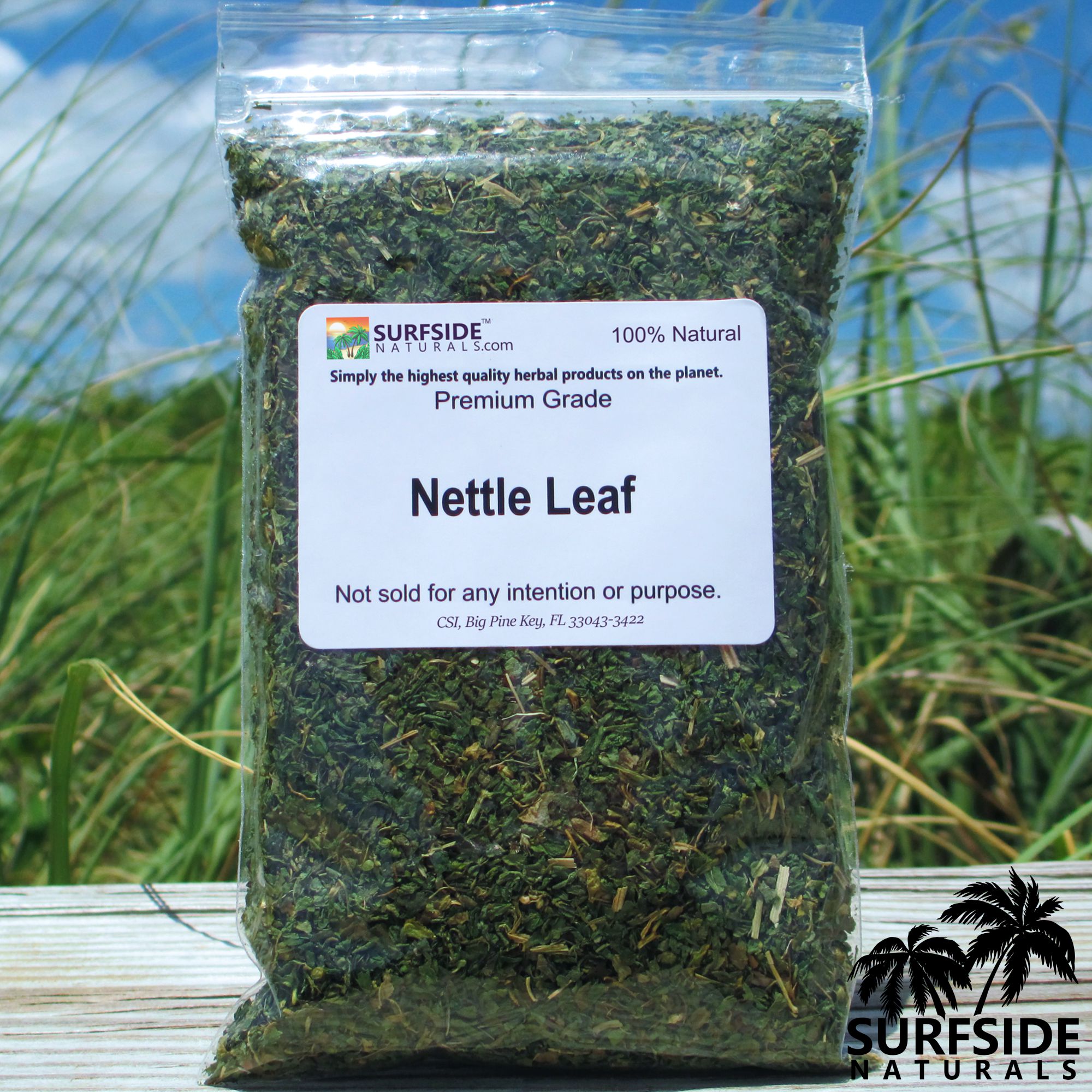
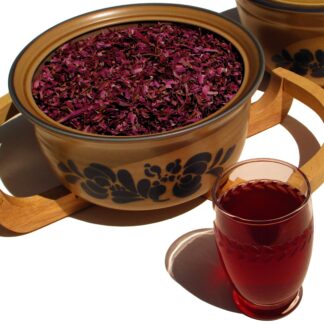
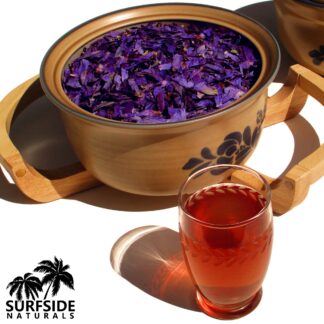
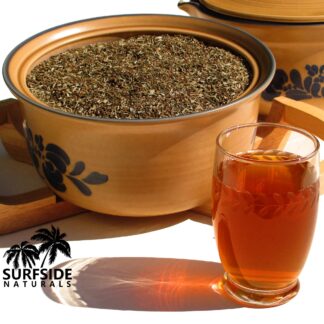
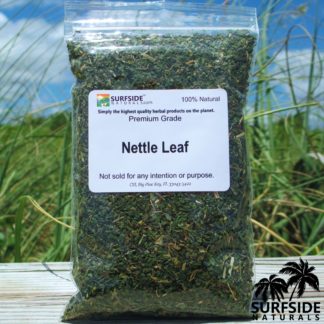
Reviews
There are no reviews yet.